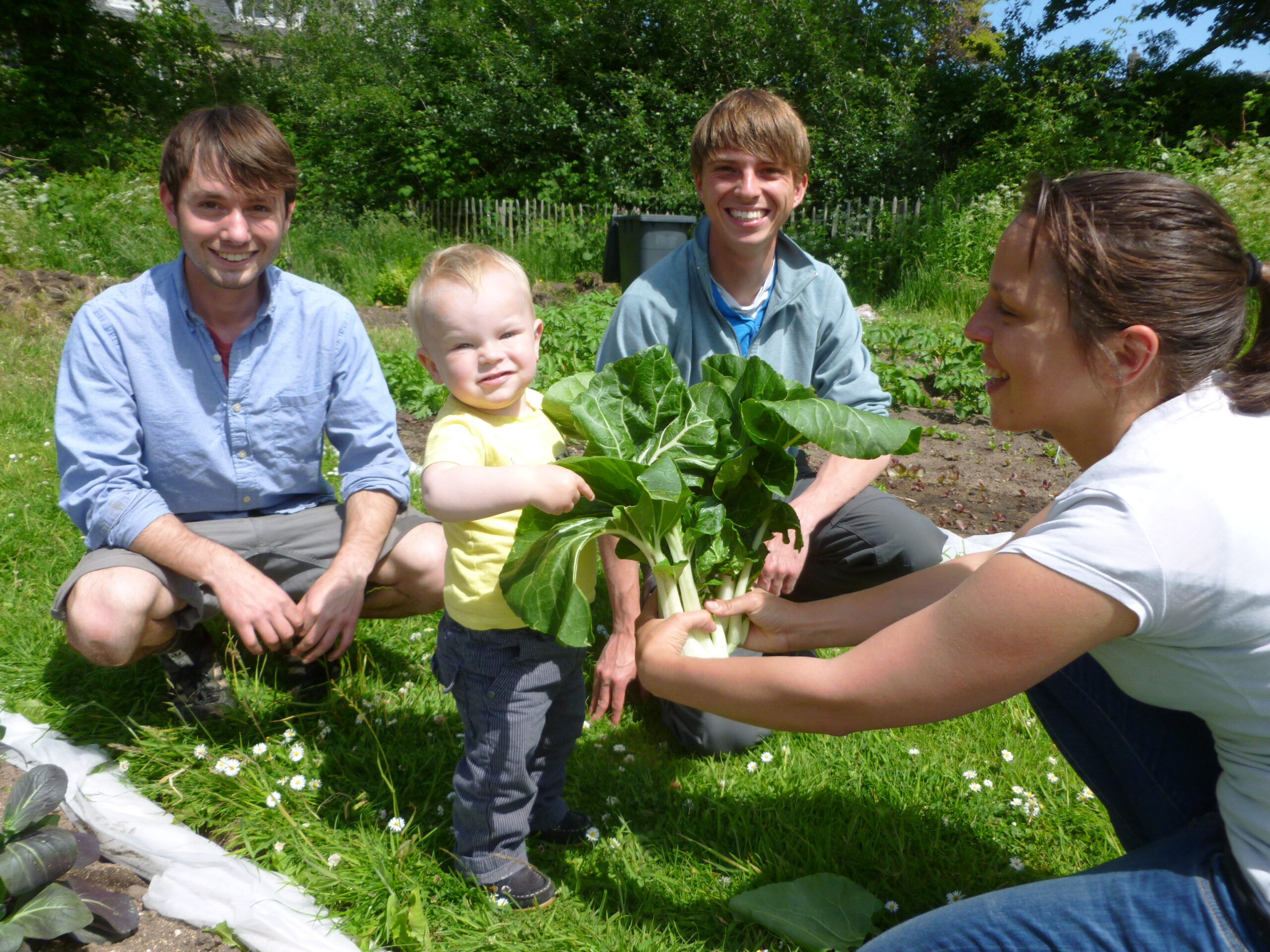On the 22nd of January, Joshua Msika, the Transition Steering Group Co-ordinator, attended a committee meeting of the Friends of the Botanic Gardens as a co-opted representative for Transition: University of St Andrews. He was impressed by the dedication and spirit of the members of the committee put a piece together for the next newsletter of the Friends introducing Transition: University of St Andrews. We were blown away by his vision, and have reproduced his article below.
Transition: University of St Andrews is a part of the global Transition Towns movement. Our aim is simple: in the face of the global challenges of a changing climate and the decline of cheap, safe energy we believe that governments will not act in time and that individuals alone will not make enough of a difference. Communities have the potential to do just enough, just in time, to address the challenges they see by coming together in practical and joyful ways. Transition towns have formed across the UK and are providing inspiring examples of what is possible. Many other initiatives have arisen under different names but on the same premises: this is the spirit of the times. A group was started here in 2008 by students but has grown to include postgraduates, lecturers and Estates staff. We currently only have one non-university member but we are keen to eventually drop the “University” from our name and become Transition St Andrews!
Transition: University of St Andrews is lucky to have been funded by the Scottish Government’s Climate Challenge Funding for three years to March 2015 in a joint bid with the St Andrews Environmental Network in a partnership entitled St Andrews Communities Working Together. With our half of the money, we’ve employed a full-time project manager – Alistair Macleod – and several part-time staff. In addition to the government funding, we’ve secured funding from the University of St Andrews for an additional full-time post. Our staff work on a variety of projects: Saint Exchange, a local scheme for trading without money; Carbon Conversations helping participants take firm practical action to reduce their own impact on the climate; St AndRe-use to divert graduate’s unwanted items from landfill and pass them on to new students; and many more all visible on our website: www.transitionsta.org or get in touch at transition@st-andrews.ac.uk or 01334 464000.
The project that will most interest the Friends however, is our Edible Campus project. We have gardens across the University, most successfully at Albany Park Residence whose garden was included in the 2013 St Andrews in Bloom tour. Through the project we are teaching students, staff members and anyone who wants to learn, the skills necessary to grow food. We’ve also spent many afternoons at St Leonard’s orchard, picking plums and apples. We’ve shown people that fruit come from trees, not the supermarket, and that every apple can taste different in its own delicious way. But these efforts are a part of a bigger picture, we know what we’re trying to get to. Let me try to paint a vision bigger than an Edible Campus – a vision of a Living St Andrews – in words:
What if the cafés on Market Street sold herbal teas grown in St Andrews and muffins made with St Andrews’ fruits sweetened with St Andrews honey to people sitting on wicker chairs and tables made from St Andrews willow, bamboo and coppiced timber? What if someone actually tended and harvested the wild garlic that grows behind Andrew Melville hall? What if swampy spaces in corners of sports fields became ponds for aquaculture? Or willow coppices? What if the lime tree leaves growing all over town were properly harvested as salad greens? What if the doocots actually housed pigeons and their fertiliser was used in our gardens? What if our livelihoods were connected to the living people, plants and animals that surrounds us? Would that be so bad?
This not a vision of lawns, flower displays and evergreen backdrops arranged purely for aesthetic pleasure but of an abundant, diverse and multi-functional living environment for our community to live in, providing fruits, seeds, habitat, fibre, food, medicine, fuel and fun in addition to viewing pleasure. This is a vision which includes people: home gardeners, market gardeners, orchard-keepers, container growers, bee-keepers, coppice-tenders, willow-workers, herbalists, keepers of small livestock, grocers, butchers, brewers and many more.
That is the vision. Don’t tell me it isn’t possible, or if you do, give me something else to believe in. I know it’s far away. I realise that every single one of you can think of myriad obstacles standing in the way of that vision for St Andrews but with this article I’d like to sow an idea-seed in your heads. At the heart of this future St Andrews could be a Botanic Garden: It could be a lively, living space growing the seed and stock for all of these ventures, discovering new uses for old plants and old uses for new plants, breeding new varieties adapted to St Andrews, cataloguing plants that do well but also those that failed in case conditions become more favourable. Again, there would be people too: practical gardeners and their young apprentices, systematic botanists, innovative plant materials scientists, staid record-keepers, radical entrepreneurs, inquisitive children and children at heart coming to learn a new way of being and visitors from far away curious about what was going on in this buzzing hive of activity. This would be a garden of beauty because it would be useful.
Plants don’t just pack in when faced with adverse conditions, they just get on and do their best to grow and in so doing create opportunities for other species. I believe that this botanic garden – turning 125 this year – is already sending out vigorous new green shoots into the future.
Joshua Msika
Co-ordinator, Transition: University of St Andrews
BSc Hons Sustainable Development (pending)
Undergraduate Ransome Scholar for the Class of 2014


